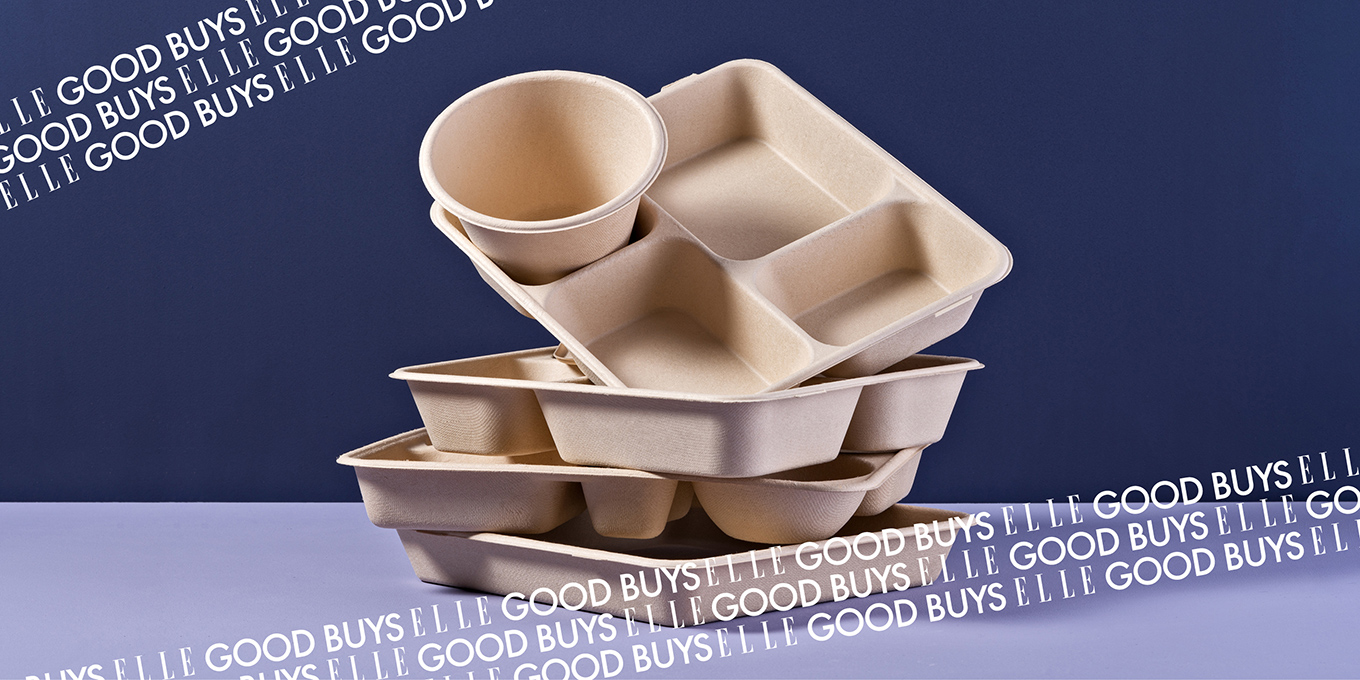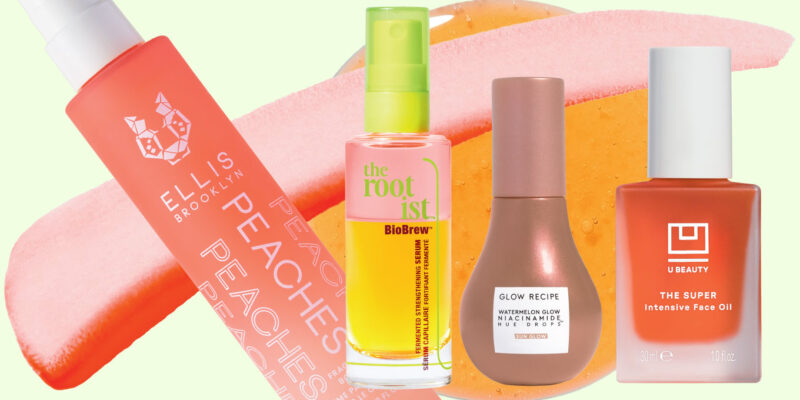
What’s the Best Way to Spend at a Restaurant Right Now?
We asked some insiders to weigh in on whether diners should dine in, hit the apps or simply stay home.
by : Renee S. Suen- Oct 21st, 2020
Dining out is something many of us did frequently before the pandemic. Beyond consuming food, going out to a restaurant also meant experiencing generous hospitality, conviviality and memorable social interactions. The pandemic and our current need to socially distance have drastically changed how we navigate everyday life, including activities like eating out. Rising numbers of COVID-19 infections in recent weeks have led to increased restrictions for restaurants around the country; regions in both Ontario and Quebec have once again suspended indoor dining. Those of us who love restaurants (read: everyone) are worried: How will the industry and the many it employs survive? And, critically: What’s the right way to help?
So we asked hospitality insiders for their honest take on how we can support restaurants and their staff during this wild ride.
MEET THE EXPERTS
Miki Ellis is co-owner of Dachi, a warm 40-seat restaurant in East Vancouver that works with small, family-owned producers and serves house-made cocktail mixes, natural wines and craft sake. Since the end of June, the resto has been operating strictly outside thanks to Vancouver’s temporary patio permits.
Zoya de Frias Lakhany owns Le Virunga in Montreal with her mother. Specializing in food from Sub-Saharan Africa, the four-year-old Plateau-neighbourhood restaurant was starting to hit its stride – gaining recognition and accolades for its cuisine – when the pandemic forced the closure of its dining room. Now defaulting to takeout, the business is only generating 10 percent of its previous revenue.
Jennifer Chan is co-owner and part-time server at Coho Coffee, an in-house café that opened in Vancouver’s shared commercial commissary kitchen, Coho Collective, at the start of COVID-19. The operation isn’t currently offering dine-in service in order to give guests more room to queue at a safe distance.
Christina Veira is the director of programming for Toronto Cocktail Week and general manager of Bar Mordecai, a Wes Anderson-film-hotel-lobby-inspired bar that opened just before the city’s lockdown in March. The bar was able to reopen with a sidewalk patio as part of Toronto’s CaféTO program and is now adding heat lamps and blankets to winterize the space, as well as a bottle shop. [Note: On October 20th, the City of Toronto announced restaurants with curb-lane patios, which are different than sidewalk patios, will be phased out by mid-November to accommodate snow plows].
Lola Kassim is the general manager of Uber Eats Canada, the country’s leading food-delivery platform, and is responsible for the company’s national operations and strategy. Partnered with over 500,000 restaurants across the country, Uber has provided its couriers with PPE and implemented new technology in May that includes using facial-recognition software to verify that drivers are wearing a mask.
Q: INDOOR DINING IS OPEN WHERE I LIVE. SHOULD I GO? WHAT SHOULD I EXPECT?
Miki Ellis: “Service will likely take a lot longer, but the extra steps are in place to keep everyone – staff and guests – safe. So be kind and patient and follow the instructions of the staff, like rules ensuring folks stay seated as much as possible.”
Zoya de Frias Lakhany: “If you’re dining in, please respect government measures while you’re having fun. Everyone’s excited – we’re happy to have you and you’re happy to be here – and after a couple of bottles, it’s easy to forget. But be patient. If you’re not sure about something, ask the owner or staff before you jump to conclusions. It’s important for us to have contact with our customers – we’ll just stay two metres away. We have long days, so an exchange with another human being is good.”
Christina Veira: “Wear a mask when you get up from your table and when you’re approached by staff, but also just be aware of anything that comes in contact with your mouth. I know this sounds weird, but, for example, if you have a martini, make sure you put your pit back in the glass or on the saucer and not on the table. And, if you can, push your cutlery and glassware to the edge of the table because it’s better for everyone if the server doesn’t have to lean over you to fill water glasses or clear plates.”
Q: IS ORDERING TAKEOUT ENOUGH TO SAVE THE INDUSTRY?
Zoya de Frias Lakhany: “We’re not doing takeout to save the restaurant; we’re doing it to provide love and comfort to our customers. We had to adjust the dishes so that they could travel as takeaway, and it took us two months to figure that out, including takeout and curbside-pickup picnic packages. We’re looking to keep our identity and philosophy while still providing our customers with a good time. Gift cards actually help with cash flow and allow you to come later on to enjoy the full experience.”
Miki Ellis: “Just spend money at your local independent businesses in ways you’re comfortable with – whether it’s grabbing things to go, purchasing gift cards or sharing their social media. Everything helps.”
Q: IS ORDERING THROUGH DELIVERY APPS THE WAY TO GO?
Christina Veira: “If you’re not comfortable with dining in, the best thing you can do for restaurants is pick-up or order directly from the restaurant instead of through an app, mainly because of the large fees taken from each order, which are up to 30 percent. However, delivery apps are a necessary evil right now: They take a lot of fees, but they also give you access to guests if you can’t do your own delivery.”
Lola Kassim: “I think there’s a misconception that our fees are all profit for Uber Eats. They’re not. These fees help ensure that we can keep the platform up and running for our restaurant partners and ensure that the couriers can be paid amounts that make sense. For independent contractors who are asked to self-isolate, we put in place a policy early in the pandemic where we would provide financial compensation because no one should feel forced to work when they’re ill.”
Miki Ellis: “We offer takeout but no delivery or third-party services at this point because the pricing structure doesn’t work for our restaurant; the fees charged aren’t sustainable for us.”
Lola Kassim: “If you want to use an Uber Eats courier, there’s a fee for that, but if you want to do curbside pick-up, not only is there no fee for the restaurant but [restaurants benefit from] the promotion [they get] from [being on] the app.
“During the pandemic, we also launched online ordering where we provide restaurants with their own landing page for people to order through Uber Eats. This has a much lower fee for small or medium-sized businesses (7.5 percent). Something I’m very excited about is how recently our company took a harsh stance against racism and a positive stance in how we are supporting Black-owned businesses. In Canada, we have an initiative where we are subsidizing deliveries from Black-owned restaurants on the app.”
Jennifer Chan: “We’re grateful that we have these delivery apps since we’re a new business that is still trying to get discovered. However, they’re not without their challenges. Platform fees are very high and café margins are already very thin, so we almost need to consider it as a start-up marketing expense.”
Q: WHAT IS A FAIR TIP AT THIS POINT?
Jennifer Chan: “I can’t say what a fair tip is knowing that so many people are experiencing financial hardship as a result of this pandemic. Just know that when it comes to delivery, the third-party platforms don’t pass tips on to our staff; those tips go to the delivery driver.”
Miki Ellis: “I’ve personally made a point to tip more than usual when I have been out. Everyone in the service industry is working harder in a higher-stress environment for less money at this time, so if you can afford to dine out right now, take care of those working to provide that experience.”
Christina Veira: “I would also ask that guests have some compassion in terms of why they might be lowering a tip. Most restaurants are running on pretty thin staff; a lot of the staff have had to limit the contact they have with people in their lives because of all the people they come in contact with at work.
“There’s a lot of stress with coming to work during a pandemic, and that extends to a full range of modifications: wearing a mask, waiting on people and constant sanitation. We can’t check in as often or fluff your napkin every time you leave the table.”
Q: IF A RESTAURANT HAS SWITCHED OVER TO A NO-TIP MODEL, SHOULD I STILL TIP A LITTLE?
Christina Veira: “Restaurants that have switched to a no-tip model have been able to structure their pricing in a way that pays a higher wage for their staff than the server minimum, so it’s safe to say that they won’t accept tips.”
Zoya de Frias Lakhany: “Some restaurants can do a no-tip model – and it’s amazing, but, unfortunately, it’s something I cannot afford to do. I just started this business four years ago with my mom: two people of colour trying to make a living. The no-tip model means the prices are going to be higher and that’s all right if your customers understand and value your product. But with a cuisine, like mine, that’s not well known, I’m scared it would [limit] my customers.”
Q: SHOULD I SPREAD THE LOVE OR BE A REGULAR?
Jennifer Chan: “We are truly grateful for our regulars. The emotional support and security of knowing our business is part of a close-knit community is as valuable as the sales that keep our doors open. You can’t put a price on social capital.”
Christina Veira: “For now, the best practice is to go local as much as possible. You’ll probably discover a lot of gems right in your neighbourhood. We’re so grateful that people are coming in and sitting on our patio or getting takeout from our bottle shop.”
Lola Kassim: “And when you find that new place, share that experience on social media or by telling your friends. Or use Uber Eats to order a meal for someone you know, essentially sharing that love.”
Zoya de Frias Lakhany: “I think it’s a beautiful thing [for customers] to encourage those businesses that are doing something different. It can bring some warmth and comfort. If you enjoy your experience, leave a good review. Call the restaurant and let them know about your good experience. This helps make their day and gives them the strength to push through the next day.”
READ MORE:
Newsletter
Join our mailing list for the latest and biggest in fashion trends, beauty, culture and celebrity.
Read Next

Culture
Why Are People Obsessing Over Whether Hailey Bieber Is Pregnant?
Despite no word from the woman herself, the Rhode founder has become the subject of discussion on the internet as fans have been debating whether or not she is pregnant.
by : Naomi May- May 2nd, 2024

Beauty
Fruit-Forward Beauty Products We're Loving For Summer
Freshly squeezed picks to keep you glistening and glowing all season long.
by : Melissa Fejtek- May 2nd, 2024

Beauty
ELLE Tried It: Five Serums to Up Your Skincare Game
Members of the ELLE team tested Avène Dermatological Laboratories’ five new concentrated serums. Here's what they thought.
by : ELLE Canada- Apr 25th, 2024



